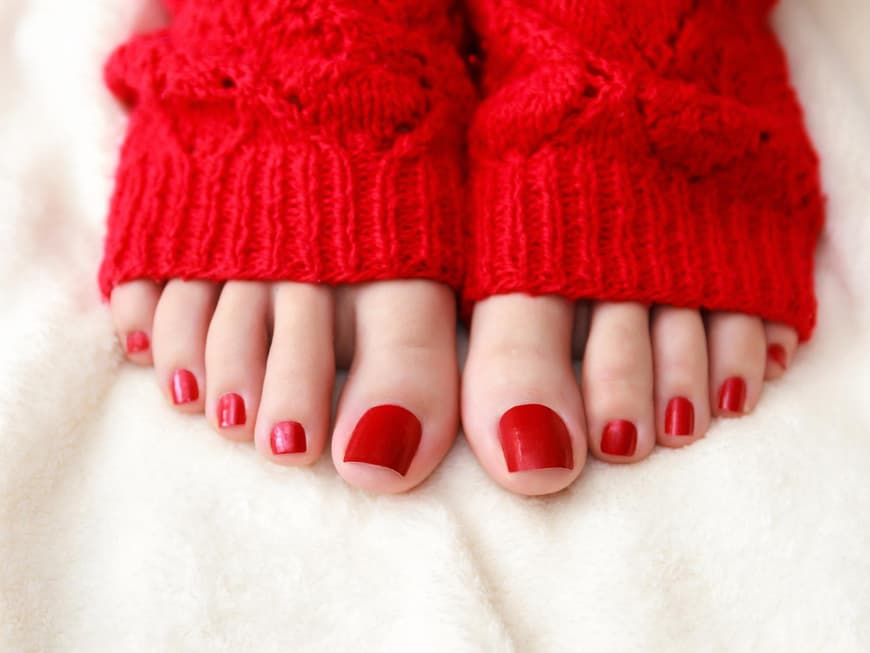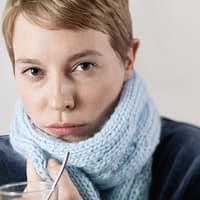What happens to the feet in winter?
Low temperatures cause our body to constrict external blood vessels. This keeps the core body temperature high, but the extremities such as the feet or hands are no longer supplied with sufficient blood. As a result, the temperature there drops. Our feet become cold and start to freeze.
To prevent this, we also put on thicker clothing on our feet in winter. However, winter shoes and winter socks are often very tight and not very breathable. On the one hand, this causes calluses and pressure points. On the other hand, the poor air circulation in the shoes means that your feet start to sweat. The sweat cannot escape through socks and shoes. This can result in athlete's foot or so-called atopic winter foot with painful cracks in the skin. The right foot care in winter can help!
Removing corns: How to get rid of the annoying pressure points again
Beautiful and healthy: the right foot care in winter
Ideally, you should care for your feet in winter with rich lotions and creams that you apply in the morning and evening. The creams support the skin's natural sebum production and maintain its protective film. If your feet are dry and cracked, creams with urea and aloe vera are particularly suitable. Ingredients such as eucalyptus, rosemary or lavender are good for the circulation and have a warming effect. For sweaty feet, use special lotions and deodorants, or alternatively powders that absorb sweat.
Regular foot baths with essential oils are also great for foot care in winter. Massage your feet to stimulate blood circulation. Regular foot scrubs remove flaky skin and ensure beautifully soft skin. To remove calluses, soften the skin with a bath and then treat the areas with pumice stones and callus files.








